calsfoundation@cals.org
Baring Cross Bridge
The Baring Cross Bridge is located in downtown Little Rock (Pulaski County) over the Arkansas River at river mile 166.2. It is the western-most bridge of the six bridges spanning the Arkansas River in downtown Little Rock. The first Baring Cross Bridge, which was the first bridge built across the Arkansas River, opened in 1873.
In the 1850s and 1860s, the Cairo and Fulton Railroad Company (C&F) developed two divisions north and south of the Arkansas River. Before the bridge was constructed, the railroad company used ferries to transport equipment, people, animals and commercial freight across the river. Ferries, however, were slow and had a limited amount of cargo space, which caused frequent backups in service. Also, cargo was lost in ferry accidents. The railroad company needed a way to cross the river that was more efficient and stable than ferrying.
In 1872, the C&F announced that it would build a bridge across the Arkansas River to connect its northern and southern divisions. The new bridge took its name from two sources: the famous Baring and Company bankers of England, who were the principal financiers of the construction project, from which came “Baring,” and C&F president Thomas Allen, who added “Cross,” which came from President Allen’s family coat of arms. The coat of arms consisted of a cross and the words Fortiter Girret, meaning, “bravely he bears the cross.”
Before the year ended, the C&F began to run short on funds. The Baring Cross Bridge Company was formed and obtained the charter from the C&F to build and operate the new bridge. The newly formed company contracted with the American Bridge Company to construct the bridge. The bridge opened on December 21, 1873, to a large crowd of people. It consisted of four Howe Truss spans and one navigation swing span for a total length of 978 feet. The bridge cost $349,277.40 (approximately $5,822,454 in 2003 dollars).
In 1877, the Baring Cross Bridge Company constructed a highway deck on top of the bridge and charged tolls for its use by the public. In early 1886, the company rebuilt most of the bridge, with the exception of the piers, and lowered the highway deck to the same level as the rail.
In April 1927, rains soaked the Arkansas River Valley and caused the Arkansas River to flood. As the floodwaters reached Little Rock, the Missouri Pacific Railroad Company placed coal cars on the old bridge for ballast, but the bridge washed away on April 21. During the Flood of 1927, Missouri Pacific took over the ownership rights of the bridge and pledged to rebuild it. The new bridge opened on February 2, 1929, to a huge community celebration.
In 1967, Missouri Pacific began the process of installing a new lift span to meet federal navigation requirements for the McClellan-Kerr Arkansas River Navigation System. This navigation and flood control plan for the Arkansas River from its mouth on the Mississippi River to the Port of Catoosa near Tulsa, Oklahoma, was—and still is—managed by the U.S. Army Corps of Engineers. It established a new navigation channel for watercraft traveling up and down the system. Every bridge spanning the Arkansas River in the system had to meet height and width clearance requirements over the navigation channel. Most of the bridges in the system did not meet the new requirements and had to be modified with new navigation spans.
The original Baring Cross Bridge was a single-track bridge with a swing navigation span, and it was built with iron and wood. Today, the Baring Cross Bridge, acquired by Union Pacific in 1997, is a modern steel double-track bridge with a lift navigation span. It remains one of the busiest railroad bridges in the country. The Baring Cross Bridge remains a valued part of the Union Pacific Railroad System, one of the nation’s largest and busiest railroad companies.
For additional information:
Adams, Walter M. A History of North Little Rock: The Unique City. Little Rock: August House, 1986.
Allen, A. Hall. “The Baring Brothers and Their Famous Bridge.” Pulaski County Historical Review 30 (Fall 1982): 54–58.
Hibblen, Michael. “Sandwiching in History: Discussing the History of the Baring Cross Bridge.” Division of Arkansas Heritage/Hibblen Radio, January 2021. https://hibblenradio.com/discussing-the-history-of-the-baring-cross-bridge-over-the-arkansas-river/ (accessed June 5, 2024).
Phillips, Dill L. The Early History of the Cairo and Fulton Railroad in Arkansas and its Successor Companies. Little Rock: Dill L. Phillips, 1927.
Sherwood, Diana. “Building Baring Cross Bridge.” Arkansas Gazette Magazine, July 22, 1934, p. 3.
Bryan McDade
Old Washington Historic State Park
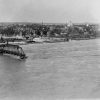
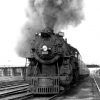
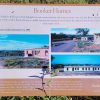
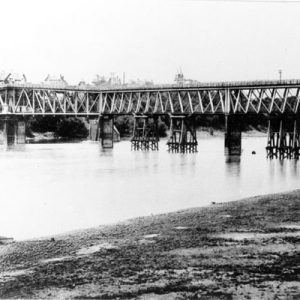 Baring Cross Bridge
Baring Cross Bridge 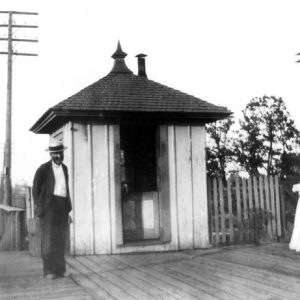 Baring Cross Bridge Tender's Office
Baring Cross Bridge Tender's Office 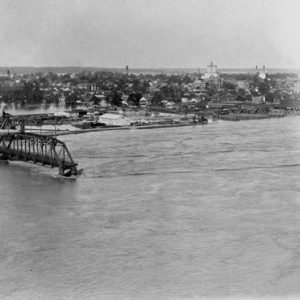 Baring Cross Bridge; 1927
Baring Cross Bridge; 1927 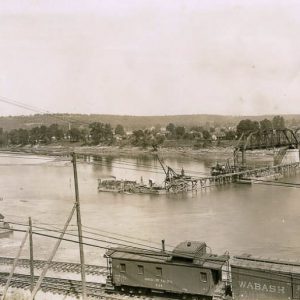 Baring Cross Bridge
Baring Cross Bridge  Baring Cross Bridge
Baring Cross Bridge 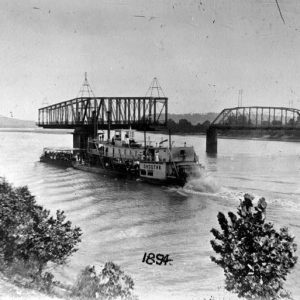 Choctaw Steamboat
Choctaw Steamboat 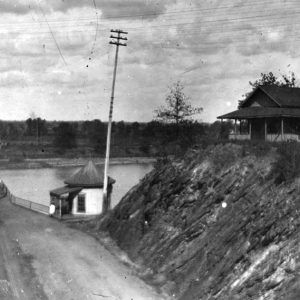 South End
South End 



Enjoyed learning about effects of the 1927 Flood.